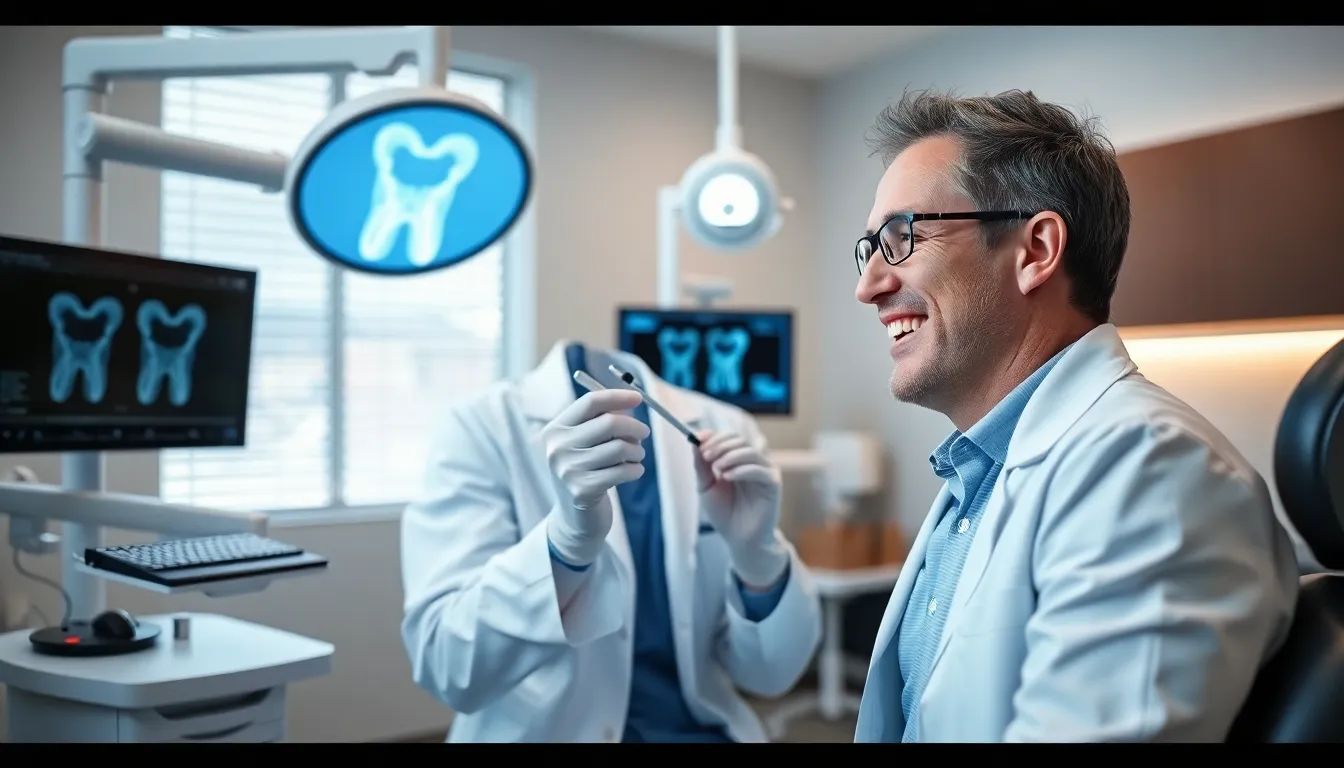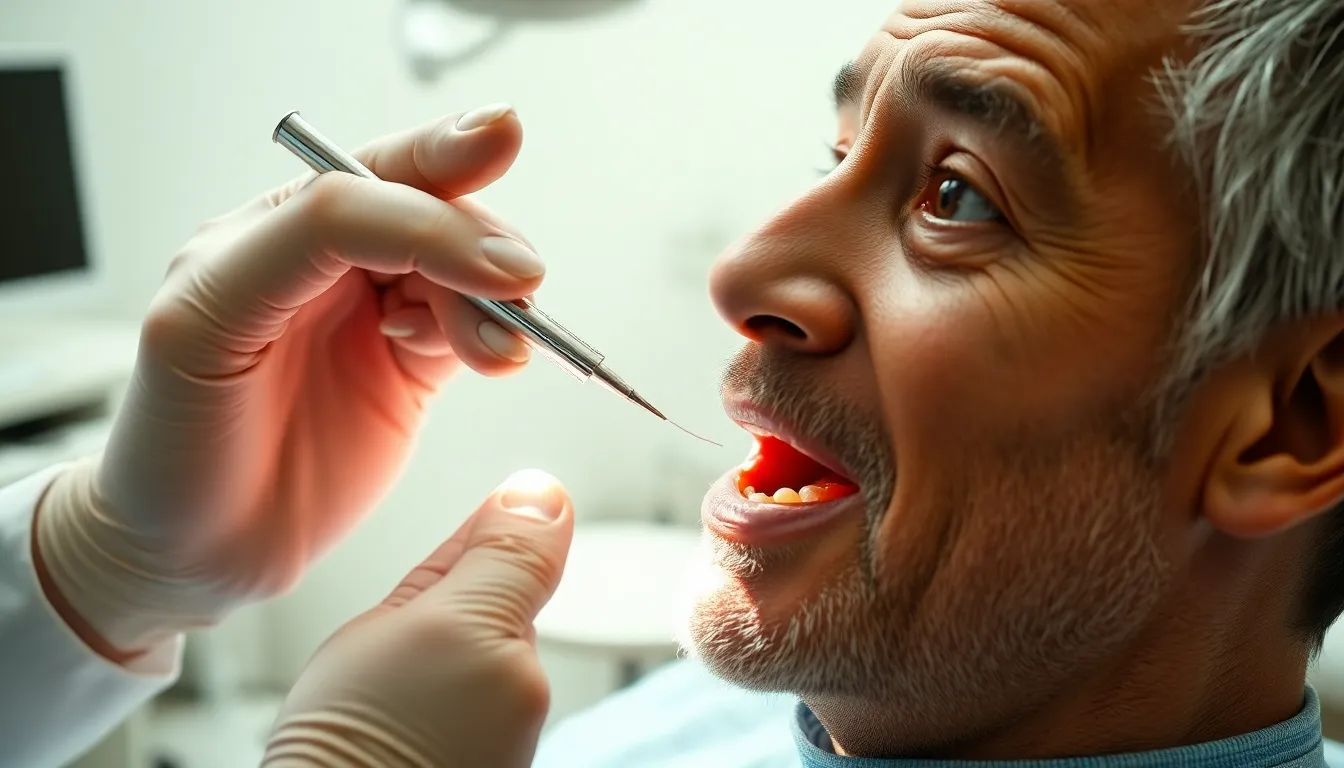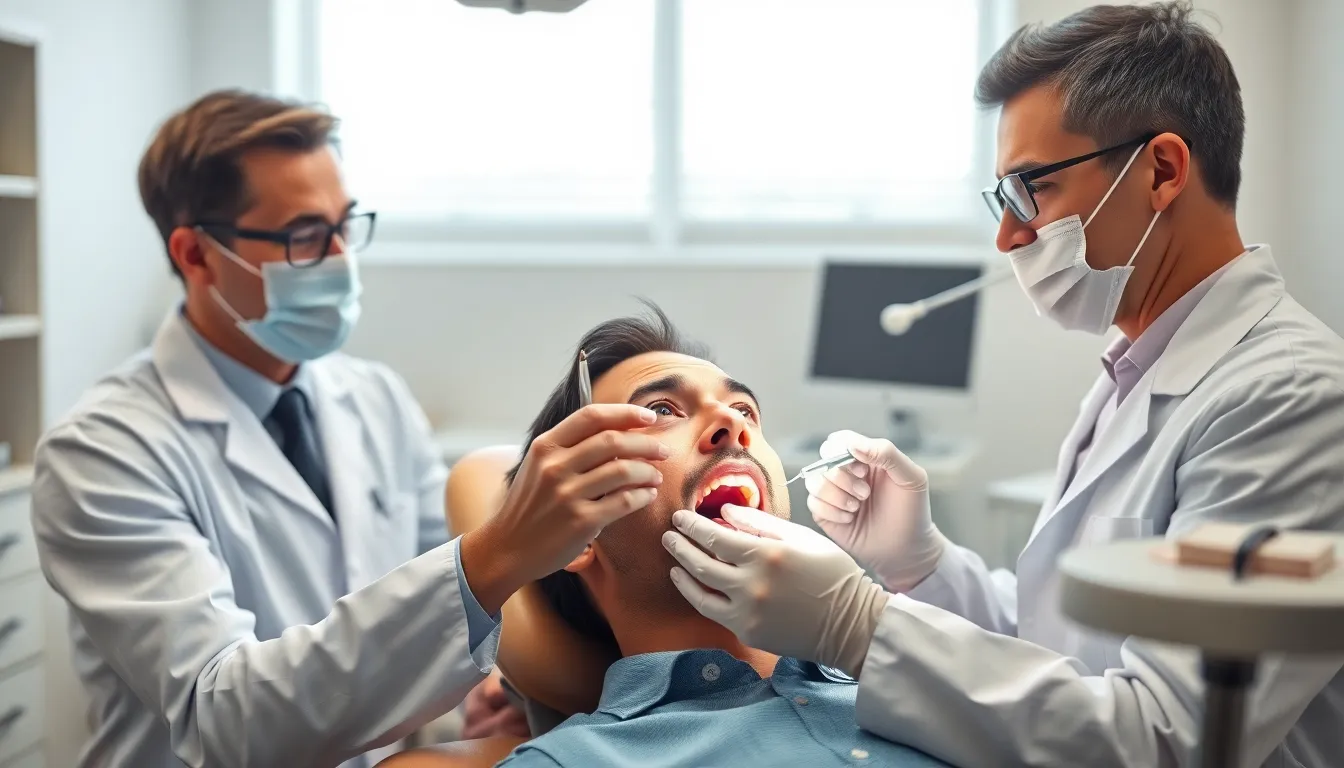Are you dreaming of perfect bite teeth that transform your smile and boost your confidence? A proper dental alignment isn’t just about aesthetics—it’s essential for your overall oral health and function.
When your teeth fit together correctly, you’ll experience fewer headaches, reduced jaw pain, and improved digestion. Perfect bite teeth, also known as proper occlusion, means your upper and lower teeth align precisely when you close your mouth. This ideal relationship between teeth prevents excessive wear, decreases the risk of tooth fractures, and can even impact your facial structure positively.
What Are Perfect Bite Teeth?
Perfect bite teeth refer to teeth that are properly aligned and fit together when your mouth closes. This ideal dental occlusion creates harmony between your upper and lower teeth, jaw joints, and facial muscles.
The Ideal Dental Alignment
The ideal dental alignment occurs when your upper teeth slightly overlap your lower teeth and your molars fit together like puzzle pieces. Your teeth should contact evenly when biting down, with the pointed cusps of your upper teeth fitting precisely into the grooves of your lower teeth. Dental professionals evaluate alignment using Class I, II, and III classifications, with Class I representing the optimal relationship between teeth. Dr. Todd B. Harris often tells patients, “A perfect bite isn’t just about aesthetics—it’s the foundation for your entire oral system to function properly.”
Benefits of a Perfect Bite
A perfect bite delivers many advantages beyond just a beautiful smile. Pain reduction stands out as a primary benefit, as proper alignment minimizes tension in jaw muscles and reduces TMJ disorders. Improved chewing efficiency enhances digestion since food is broken down more effectively before swallowing. Tooth preservation is another key advantage—evenly distributed bite forces prevent excessive wear on exact teeth. Speech clarity improves with correct tooth positioning, making pronunciation more precise. One patient, Sarah, came to our office with chronic headaches for years until we corrected her bite alignment—her headaches disappeared within weeks of treatment, completely transforming her quality of life.
Common Bite Problems and Their Effects

Bite problems affect millions of Americans and can lead to serious oral health issues beyond just cosmetic concerns. These misalignments, also called malocclusions, occur when your upper and lower teeth don’t fit together properly when your mouth is closed.
Overbites and Underbites
Overbites develop when your upper front teeth excessively overlap the lower front teeth, extending beyond the ideal 1/3 coverage. This common condition creates uneven wear patterns on teeth and potentially causes gum issues as the teeth rub against soft tissues. Many patients experience difficulty chewing certain foods and may feel self-conscious about their appearance.
Underbites present the opposite problem, with lower front teeth protruding beyond the upper teeth. This misalignment often creates noticeable discomfort during eating and speaking. Dr. Todd B. Harris notes, “Patients with underbites frequently report jaw pain that radiates toward the ears, especially after meals requiring important chewing.”
Crossbites and Open Bites
Crossbites occur when some upper teeth bite inside the lower teeth rather than outside them as in normal alignment. This misalignment forces your jaw into an unnatural position, causing uneven tooth wear and potential TMJ disorders. Your facial muscles may develop asymmetrically as they compensate for this imbalanced bite.
Open bites leave a noticeable gap between your upper and lower teeth even when your jaw is completely closed. Eating becomes particularly challenging since your front teeth can’t properly bite through foods. One patient shared, “Before correcting my open bite, I couldn’t bite through a sandwich normally—I had to tear food with my molars instead of using my front teeth, which was both frustrating and embarrassing in social situations.”
Bite problems lead to several serious consequences beyond difficulty eating. These include persistent headaches from jaw muscle strain, accelerated tooth wear that can require extensive restorative work, TMJ disorders causing clicking or locking of the jaw, and even speech impediments affecting clear pronunciation of certain sounds.
Achieving Perfect Bite Teeth

Achieving proper dental alignment requires professional intervention customized to your exact bite issues. Orthodontic specialists evaluate your unique dental structure to determine the most effective treatment approach, considering factors like severity of misalignment, age, and overall oral health.
Orthodontic Treatment Options
Orthodontic treatments offer effective answers for correcting bite problems and achieving ideal occlusion. Braces remain a popular choice, using brackets and wires to gradually shift teeth into their proper positions over time. Clear aligners like Invisalign provide a more discreet alternative, using custom-made transparent trays that progressively realign teeth. Retainers play a crucial role in maintaining results after active treatment, preventing teeth from shifting back to their original positions. Each treatment option addresses exact alignment issues—traditional braces excel at correcting complex bite problems, while clear aligners work best for mild to moderate cases requiring subtle adjustments.
Dr. Todd B. Harris notes, “I’ve seen remarkable transformations in patients who commit to orthodontic treatment. One patient, Jessica, suffered from a important overbite that caused persistent jaw pain. After 18 months of braces, her bite aligned perfectly, eliminating her pain completely and giving her the confidence to smile without reservation.”
Surgical Interventions for Severe Cases
Orthognathic surgery becomes necessary for severe bite misalignments that orthodontic treatments alone can’t correct. This surgical approach repositions the upper jaw, lower jaw, or both to achieve proper alignment and function. Candidates typically include adults with important jaw discrepancies, skeletal malocclusions, or facial asymmetry issues. The procedure involves a collaboration between an oral surgeon and orthodontist to ensure comprehensive treatment—braces are often worn before and after surgery to fine-tune tooth positioning.
Recovery from jaw surgery takes approximately 6-12 weeks, with initial healing occurring during the first few weeks. Patients experience dramatic improvements in both function and appearance, including enhanced chewing ability, reduced strain on jaw joints, and balanced facial proportions. Insurance often covers portions of orthognathic surgery when deemed medically necessary due to functional problems rather than purely cosmetic concerns.
Maintaining Your Perfect Bite

Preserving your perfect bite requires consistent care and attention to prevent misalignment issues from developing over time. A well-maintained bite ensures continued oral health benefits and prevents the onset of complications like TMJ disorders or uneven tooth wear.
Daily Oral Hygiene Practices
Proper daily hygiene forms the foundation of maintaining your perfect bite alignment. Brush thoroughly twice daily and floss at least once to remove plaque that could lead to gum disease, which often contributes to tooth shifting and bite changes. Using fluoride toothpaste strengthens your enamel against wear that might alter your bite position over time. Avoid damaging habits such as nail biting, pen chewing, or using teeth as tools—these activities place uneven pressure on your teeth and can gradually shift their alignment.
“Many patients don’t realize how their daily habits affect their bite,” shares Dr. Todd B. Harris. “One patient came in with a perfect bite after orthodontic treatment, but developed a crossbite within a year due to constantly chewing ice. Breaking these habits preserves the results we work so hard to achieve.”
Regular Dental Check-ups
Professional dental evaluations every six months allow for early detection of potential bite changes before they become problematic. Your dentist can spot subtle shifts in tooth position or signs of grinding that might indicate developing bite issues. Professional cleanings remove tartar buildup that contributes to gum disease and subsequent tooth mobility that affects bite alignment. For patients who’ve undergone orthodontic treatment, follow-up appointments ensure retention devices are working correctly to maintain your perfect bite.
Dental imaging technologies help track even minimal changes in your bite over time, enabling proactive intervention rather than reactive treatment. If you notice any changes in how your teeth come together when biting, scheduling an appointment outside your regular check-ups can prevent minor issues from developing into major problems requiring extensive correction.
The Psychological Impact of Perfect Teeth

Perfect teeth alignment profoundly influences your psychological well-being, extending far beyond mere aesthetics. Research demonstrates that individuals with well-aligned “perfect bite teeth” experience significantly higher levels of self-confidence in both social and professional environments. Your smile serves as a powerful social tool, and when you’re comfortable with your dental appearance, you’re more likely to engage fully in conversations and public interactions.
Dental imperfections often trigger anxiety and self-consciousness, particularly during important social encounters. Many patients report avoiding smiling or covering their mouth when laughing due to embarrassment about misaligned teeth. These avoidance behaviors can intensify feelings of isolation and insecurity, creating a negative cycle that impacts overall mental health.
Cosmetic dental treatments dramatically enhance self-esteem and body image satisfaction. After correcting bite issues, patients frequently describe feeling “like a new person” with renewed confidence. The act of smiling itself produces positive physiological effects, lowering stress hormones and elevating mood naturally. A perfect bite creates a foundation for these benefits by removing the psychological barrier to smiling freely.
Dr. Todd B. Harris notes, “I’ve witnessed remarkable psychological transformations in patients after achieving proper dental alignment. One memorable patient, Jennifer, avoided social gatherings for years due to severe embarrassment about her crossbite. Six months after completing treatment, she reported not only physical comfort but also newfound confidence that transformed her social life and career opportunities.”
The connection between dental aesthetics and mental health outcomes appears particularly strong in professional settings. Job applicants with aligned teeth are perceived as more competent and approachable during interviews. Your perfect bite contributes to positive first impressions, potentially opening doors to new opportunities and relationships.
Studies highlight direct correlations between improved dental aesthetics and reduced symptoms of depression and anxiety. The psychological benefits of perfect bite teeth foster resilience, enhance self-worth, and promote emotional well-being beyond the dental office. Patients consistently report increased motivation in daily activities after resolving bite issues, demonstrating how oral health improvements can catalyze positive changes throughout various aspects of life.
Conclusion
Your perfect bite is more than just an attractive smile. It’s a foundational element of your oral health that affects everything from how you eat to how you feel about yourself. When your teeth align properly you experience fewer headaches less jaw pain and better overall dental function.
Whether you’re dealing with an overbite underbite or other malocclusion professional orthodontic treatment can transform both your dental health and self-confidence. The journey to perfect bite teeth requires commitment but the benefits—improved physical comfort enhanced appearance and psychological wellbeing—make it worthwhile.
Remember that maintaining your perfect bite requires ongoing care. With proper attention and regular dental check-ups you can enjoy the advantages of optimal dental alignment for years to come.
Frequently Asked Questions
What is a “perfect bite” in dental terms?
A perfect bite, or proper dental occlusion, occurs when your upper and lower teeth align correctly when your mouth closes. Ideally, upper teeth should slightly overlap lower teeth, and molars should fit together like puzzle pieces. Dental professionals classify this ideal alignment as Class I occlusion. Beyond aesthetics, a perfect bite is essential for proper oral function and overall health.
How does bite alignment affect overall health?
Proper bite alignment significantly impacts overall health by reducing headaches and jaw pain, improving digestion through efficient chewing, preventing excessive tooth wear and fractures, enhancing speech clarity, and positively affecting facial structure. Misalignment can lead to chronic pain, TMJ disorders, accelerated tooth wear, and even digestive issues due to inadequately chewed food.
What are common bite problems (malocclusions)?
Common bite problems include overbites (upper teeth excessively overlap lower teeth), underbites (lower teeth protrude past upper teeth), crossbites (some upper teeth sit inside lower teeth), and open bites (teeth don’t meet when mouth is closed). These malocclusions affect millions of Americans and can cause discomfort, uneven tooth wear, speech problems, and self-consciousness.
What treatments are available for correcting bite issues?
Treatment options include traditional metal braces, ceramic braces, lingual braces (attached behind teeth), and clear aligners like Invisalign. For severe cases, orthognathic surgery may be necessary. Treatment plans are customized based on individual needs following a comprehensive evaluation by an orthodontic specialist. Post-treatment, retainers are essential for maintaining results.
How long does orthodontic treatment typically take?
Treatment duration varies based on the severity of misalignment, chosen treatment method, patient age, and compliance. Most orthodontic treatments take between 12-36 months. Traditional braces typically require 18-24 months, while clear aligners may work faster for mild cases. Complex cases involving surgery may take longer. Your orthodontist will provide a personalized timeline during consultation.
Can adults get orthodontic treatment for bite problems?
Absolutely! Adults of any age can benefit from orthodontic treatment. While childhood is ideal for intervention, adult teeth can still be successfully realigned. Many adults choose discreet options like clear aligners or ceramic braces. The process may take slightly longer for adults as bone density increases with age, but the health and aesthetic benefits remain significant.
How can I maintain my perfect bite after treatment?
Maintain your perfect bite by wearing retainers as prescribed, practicing excellent oral hygiene, avoiding harmful habits like nail-biting or chewing ice, attending regular dental check-ups, addressing teeth grinding with a night guard if necessary, and being cautious with contact sports by wearing a mouthguard. Consistent care ensures long-lasting results from your orthodontic treatment.
What’s the connection between bite alignment and mental health?
Proper bite alignment significantly impacts mental health and self-confidence. Research shows individuals with well-aligned teeth experience less social anxiety and higher self-esteem. Dental imperfections often trigger self-consciousness, leading to avoidance behaviors that affect quality of life. Correcting bite issues frequently results in improved confidence, reduced symptoms of depression and anxiety, and better overall psychological well-being.







